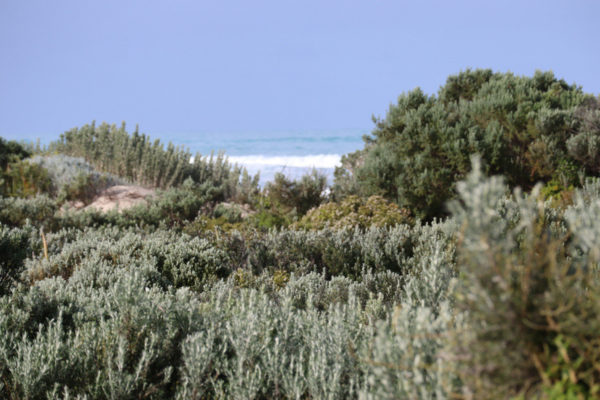
Recognise coastal gardening challenges
Coastal properties offer beautiful views, but gardens face unique conditions such as strong winds, sandy soil and salt spray. Many of the country’s homes are within 50 km of the coast, which makes these factors especially common in renovation projects by the sea.
Create wind protection
Wind can damage plants, erode soil and dry out planting areas. To reduce its impact, aim to establish shelter using dense hedges, sturdy native trees or permeable walls. This helps create calmer microclimates where soil and plants can thrive.
Improve sandy soil quality
Coastal soils typically contain too much sand, leading to erosion and poor nutrient retention. To improve soil structure, incorporate clay or fine silt mixed with compost and organic matter. Layering mulch on top helps retain moisture and reduces nutrient loss over time.
Manage salt impact
Salt spray can cause plant stress, leaf scorch and browning. Rather than trying to remove salt, which is impractical, focus on selecting plants that tolerate coastal conditions. Look for species with waxy or leathery leaves, fine hairs or tough, narrow foliage—these traits help resist salt damage.
Observe what thrives locally
One of the best ways to understand coastal gardening is to look around. Notice which gardens are flourishing in your area and take note of the plant varieties thriving under local conditions. Visiting nearby nurseries can also help identify suitable species for your renovation.





